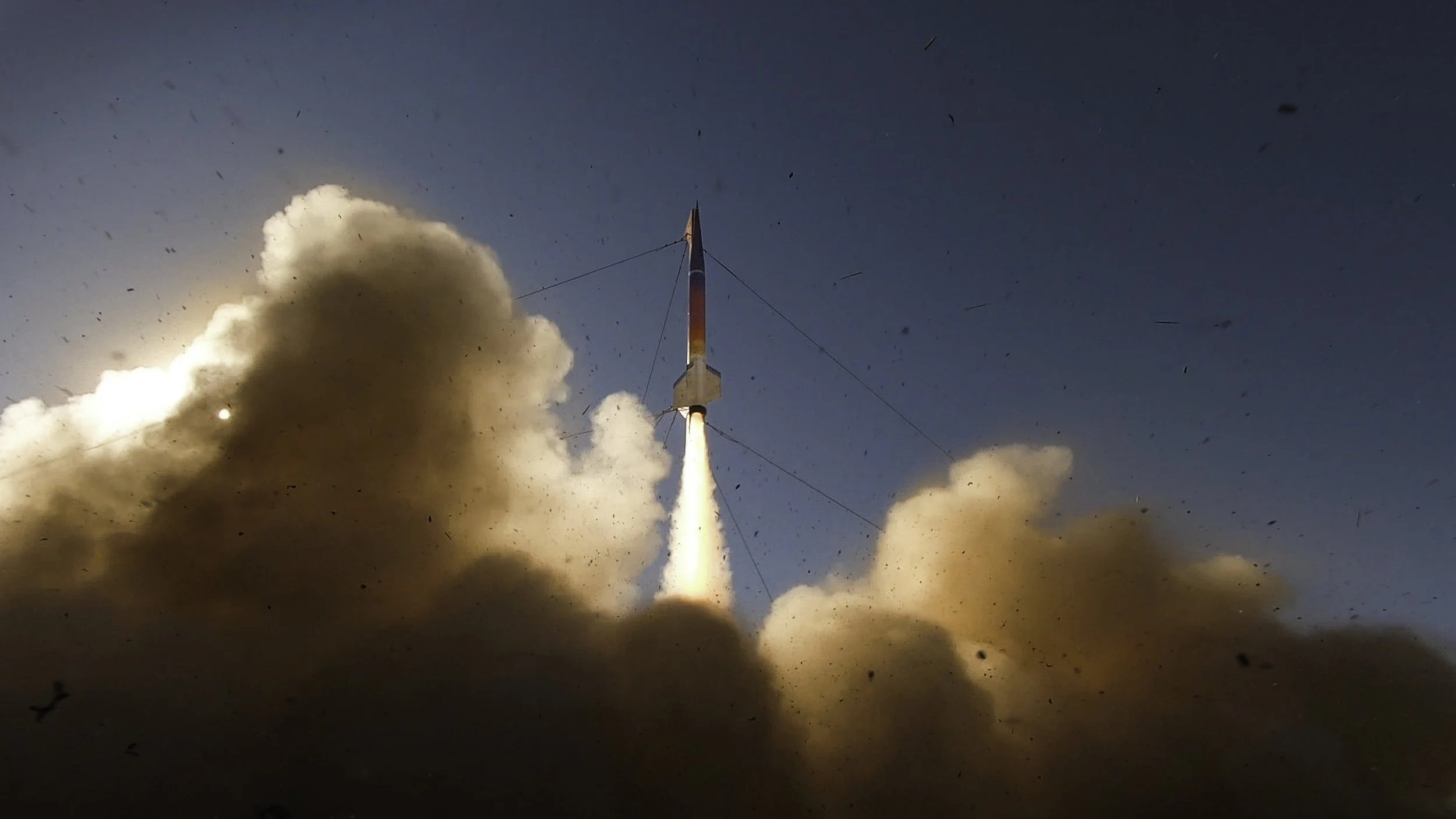MISSION SUMMARY
Successfully launched in October 2025 from Mojave, Malibu marks a milestone for the team as the first flight vehicle since reaching space in 2024. Designed with a 6” diameter airframe, Malibu serves as a dedicated development platform to test and validate technologies that will advance the team’s future high-performance rockets. Among its key features are lightweight honeycomb core fins, a dual-deployment recovery system, and a boattail. Additionally, Malibu will carry RPL’s first dedicated payload capsule: CHASER (Capsule for High Altitude Suborbital Environmental Research), which will include its own tracking and recovery system.
By integrating and testing these new systems in a single mission, the Malibu launch not only advances the team’s engineering capabilities but also lays the groundwork for future space-bound vehicles.
TECHNICAL DETAILS
| Apogee | 46,350 ft (14,127 m) |
| Max Velocity | 2,302 ft/s (702 m/s) | Dry Mass | 73 lbm (33 kg) |
| Wet Mass | 126 lbm (57 kg) |
PAYLOAD
CHASER is RPL’s first-ever payload capsule, designed to separate from the rocket at apogee and be recovered separately. The capsule carried an integrated avionics system that recorded flight data and managed recovery deployment, as well as an onboard camera that captured video throughout its flight. The successful flight serves as the first step toward more advanced payload missions.
The capsule remained fully intact and functional when recovered
Footage of main deployment caught by CHASER’s runcam






